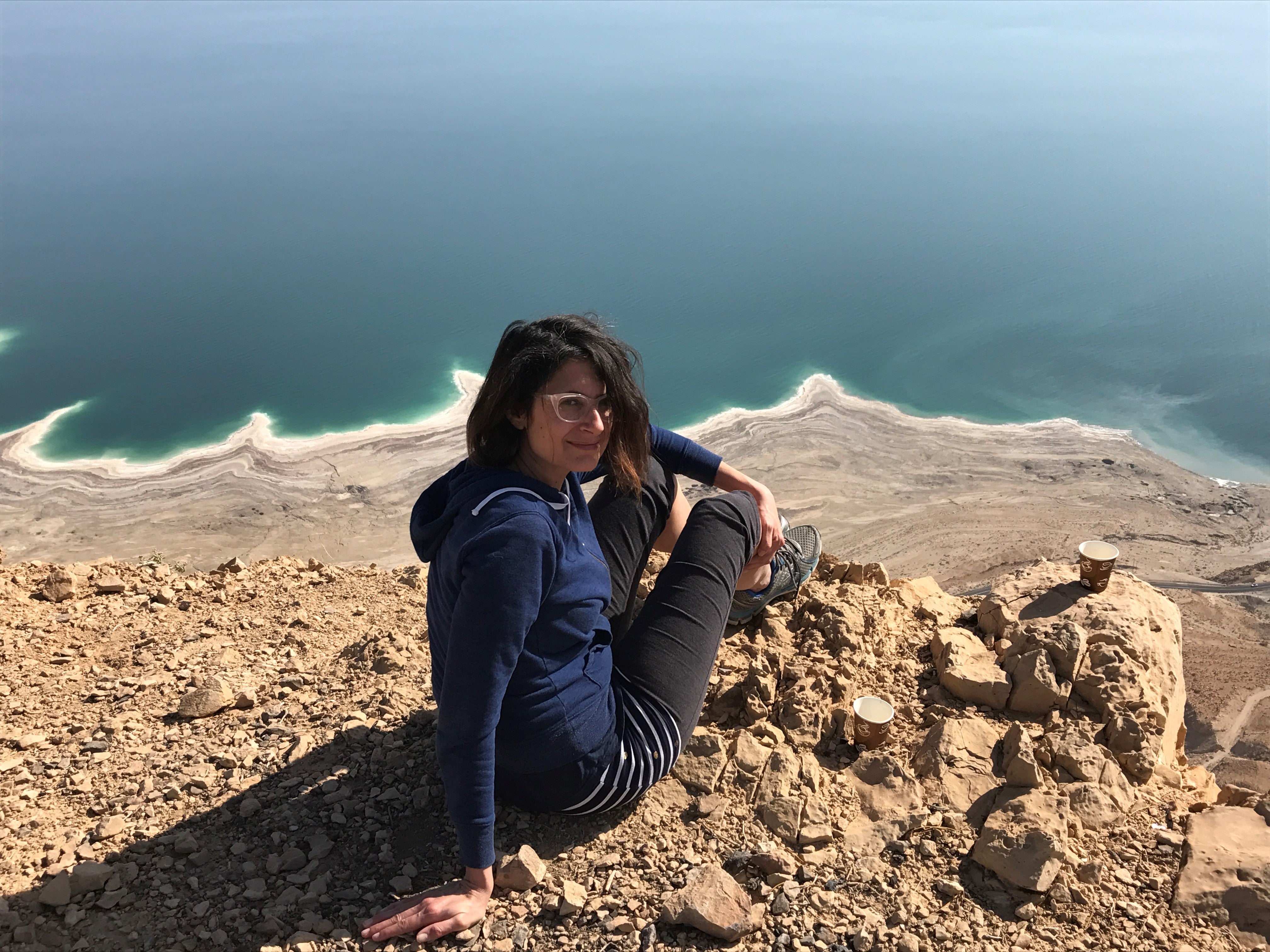 A few weeks ago, I hiked along a historic path through Arab ar-Rashayida -- a Bedouin village nestled in the central desert foothills of the West Bank – up to a steep cliff overlooking the Dead Sea (and beyond that the Jordan Valley).
A few weeks ago, I hiked along a historic path through Arab ar-Rashayida -- a Bedouin village nestled in the central desert foothills of the West Bank – up to a steep cliff overlooking the Dead Sea (and beyond that the Jordan Valley).
After drinking sugary hot tea and taking in the nostalgic view, my tour guide Nidal and I were picked up by our hosts from the Khaima Abu Ismail to head back through the desert (by car) only to be greeted by truck loads of middle school-aged girls and boys. They were heading in the direction we came – this time under the guidance of Laila who along with Nidal are among the growing number of tour-guides certified through Masar Ibrahim El-Khalil (Abraham Path Initiative), a World Bank financed community-based tourism program in the Palestinian territories. The project was founded on principles of inclusion -- to support job creation and income generation for marginalized rural communities with a focus on women and youth.
For Laila, the opportunity to be a part of Masar Ibrahim allows her to combine her passion for participating in outdoor activities with educating youth while generating additional income to support her family. Hiking the path for her is not only an economic opportunity but also an emotional one, enabling her to fully appreciate the beauty of her ancestral land while connecting to communities from other regions of the West Bank. This is no small achievement given the difficult challenges Palestinians face regarding mobility.
While the initiative is unique in its approach, it is among an increasing number of World Bank efforts in the Middle East and North Africa (MENA) region that aim to promote women’s economic empowerment and, more broadly, social inclusion in the labor market.
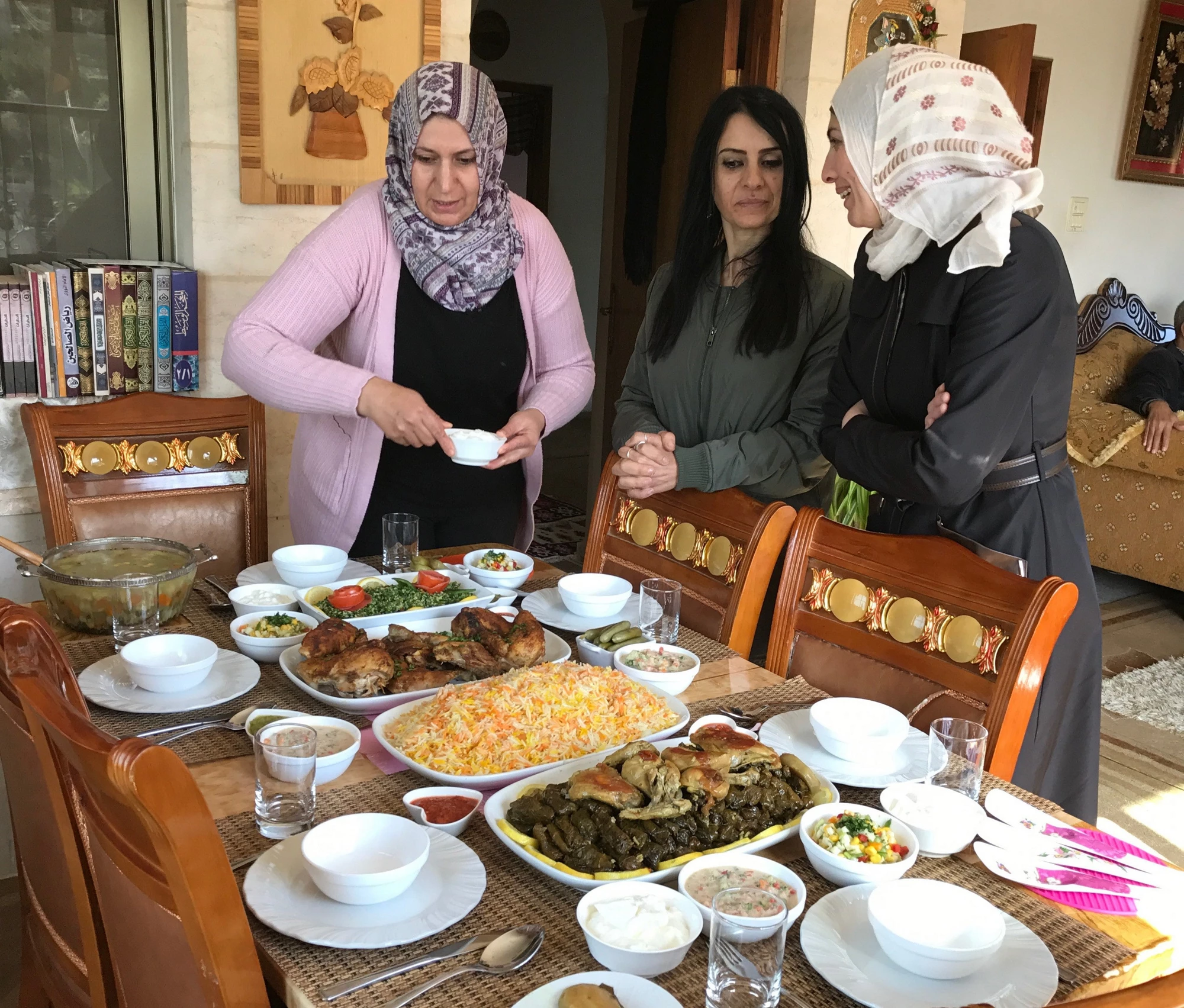
neighboring Bani Naim where we stopped
for a savory traditional lunch on the way to
ur next stop along the path. Sonya (on the far
left) is also part of a women’s cooperative,
teaches cooking classes and sells catered
food to households and other businesses.
Her goal is to expand her business to host
meals in a building across the street with
spacious outdoor space. Guests in the photo
include Ghaida (middle) & Amira, right.
While variations exist across the region, participation in the formal labor force is particularly low in MENA averaging 22 percent – a figure substantially lower than all other regions in the world. When one half of the population is not engaged in the labor market, countries lose out and families struggle harder to make ends meet.
In the Palestinian territories, female participation rate is as low as 18%, among the lowest in the MENA region according to the latest regional comparison. And this despite Palestinian women being among the most educated, and representing close to 60 percent of university enrollments. Furthermore, women who are active in the labor force face higher levels of unemployment than men with young women carrying the heaviest burden: 71 percent of college educated women between the ages of 19-24 years of age are unemployed.
After seeing Laila head off with the students into the desert and speaking with the hosts, Nidal and I made our way to Bani Naim -- a traditional community along the historical path – where we would have lunch with a family. For this, we were joined by Ghaida Rahil, Program Manager, and Amira Jabir, Community and Women Coordinator, from the Masar Ibrahim organization who talked about the training and activities targeting women. They explained the Initiative’s early challenges with getting communities to see the value in getting involved in various aspects of the tourism project. Restrictive ideas of what constitutes appropriate types of jobs for women caused some initial resistance (even among the women themselves) to the idea of their involvement in more public-engaging facets of the tourism industry such as guiding hikes or hosting travelers.
Over time, the communities began to see the economic benefits of the path as well as opportunities for connecting with others and to their environment. Mind-sets gradually shifted and while female tour guides and female-run homestay hosts are not as common, they are becoming more accepted – and welcomed, even by men.
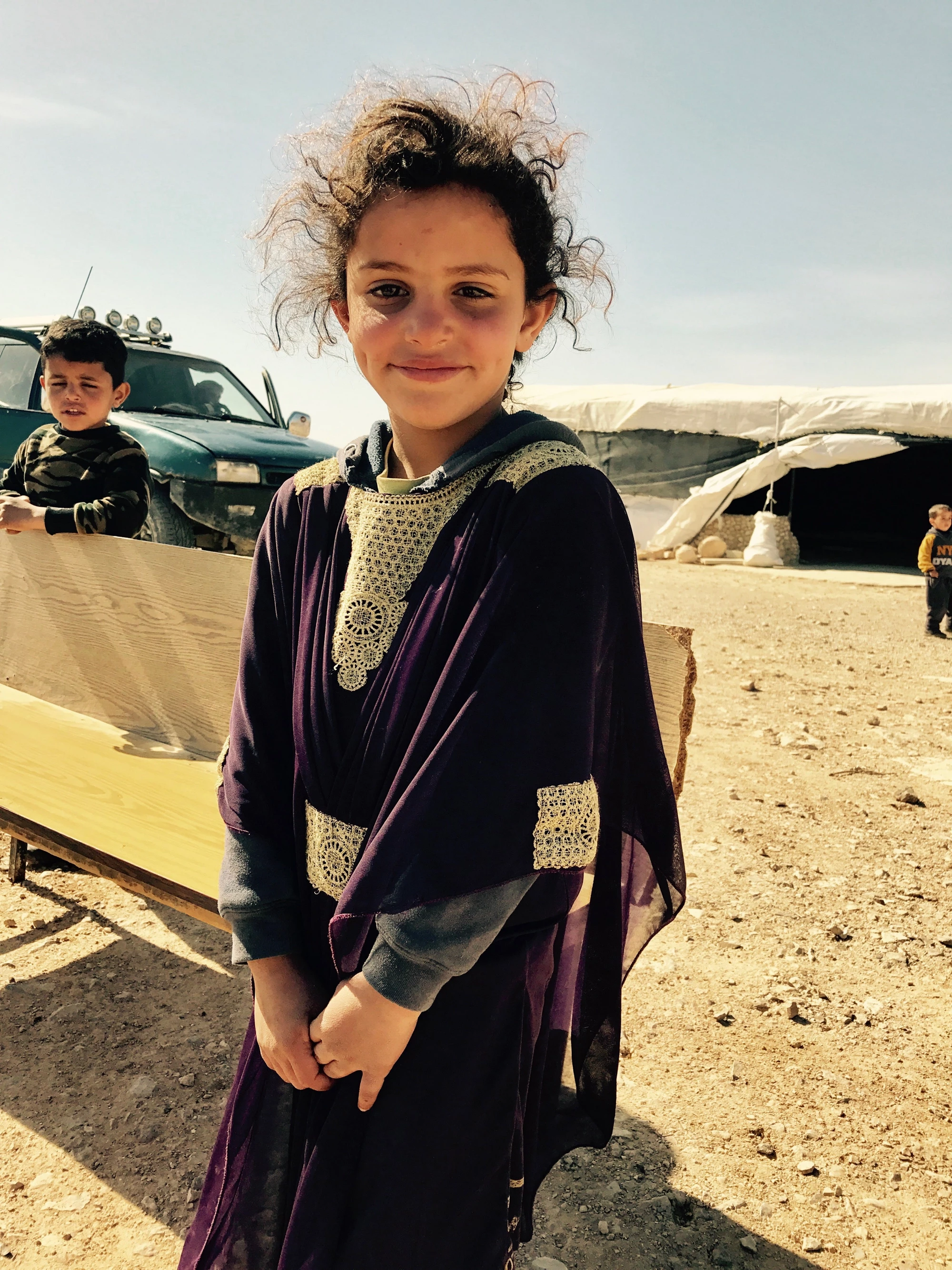
(part of the ar-Rashayida tribe).
She runs up to us upon our return
from the hike and poses in her purple
and gold embroidered thobe, with her
6-year old cousin Habib peeking behind her.
Habib joined his father when he we got
picked up to head back. He entertained
us by playing the latest Arabic hits on
his father’s smart phone.
When we stopped at Sonya’s home for lunch, this mind-set shift became very apparent. While Sonya was arranging a wide variety of colorful mezzas on the table, chatting with us about her business idea for opening a restaurant across the street, her husband Tariq was helping in the kitchen pouring heaping amounts of golden rice, delicately wrapped grape leaves and roasted chicken onto serving dishes before bringing it out to the dining area. Such behavioral shifts in traditional parts of the country is not common and would not have been possible without targeted community outreach spurred on by the project to engage women and men in a way that responds to their local needs and capacities for making change.
Having experienced renowned Palestinian hospitality and with full stomachs, it was time to leave. When I thanked Sonya and Tariq for their hospitality, Tariq beamed a broad smile and looked towards his wife. “This is Bait Sonya – she is the one running the homestay business, I just work for her!"


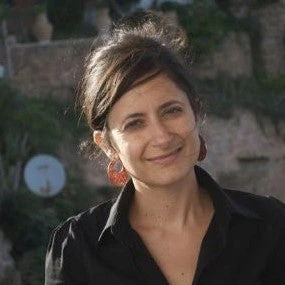
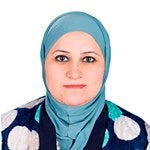
Join the Conversation